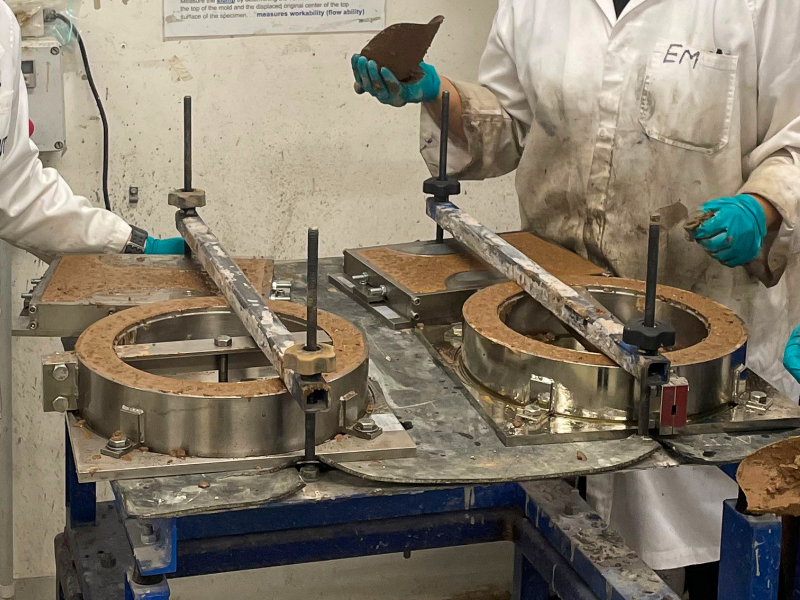Australian clay will be used as the base material for a lower carbon concrete following a successful trial between construction materials giant Boral and CleanTech company Calix.
As the highly polluting industry seeks to adapt to a net-zero future, Boral on Wednesday announced its clay had been successfully converted into a supplementary cementitious material using Calix’s electric calcination technology.
Calcined clay could replace blast furnace slag and fly ash – both produced from coal using facilities – as an input to cement production.
Backed by the SmartCrete Cooperative Research Centre (CRC), the two-year project builds on research at the University of Technology Sydney’s (UTS) Boral Centre for Sustainable Building.

Large local industrial polluters are required to cut emissions year-on-year under the federal government’s reformed safeguards mechanism.
While concrete production accounts for around eight per cent of global emissions, some concrete production facilities are considered ‘trade-exposed’, so face less stringent emissions reduction obligations to help preserve their global competitiveness.
Cement is difficult to decarbonise given large amounts of carbon dioxide are emitted as a byproduct of industrial processes rather than from heat energy or electricity generation, according to CSIRO researcher Dr Hai Yu.
This hasn’t stopped Boral, which alongside a consortium of suppliers, university researchers and asset owners, is working to demonstrate the technical feasibility of using Australia’s abundant clay deposits to produce lower carbon concrete.
The use of calcined clay for concrete is still at an early stage of development, and currently faces strength and durability limitations when compared to other common concrete formulas.
Further lab testing and field trials are expected as the project enters the validation stage. Boral head of sustainability and innovation Dr Ali Nezhad said, “industry is constantly looking for ways to innovate, push the boundaries and find ways to be more sustainable”.
“Given the abundance of clay in Australia, using Australian calcined clay was a natural decision for us. We have been impressed with the work done to date and initial testing in this project is promising,” Dr Nezhad said.
Boral chief executive and managing director Vik Bansal said the company is seeing “strong demand and take-up of our lower carbon concrete range”.
The SmartCrete CRC was established in 2020 with a Commonwealth funding commitment of $21 million. It currently has 34 research projects being run by 56 industry and research partners.
Do you know more? Contact James Riley via Email.

